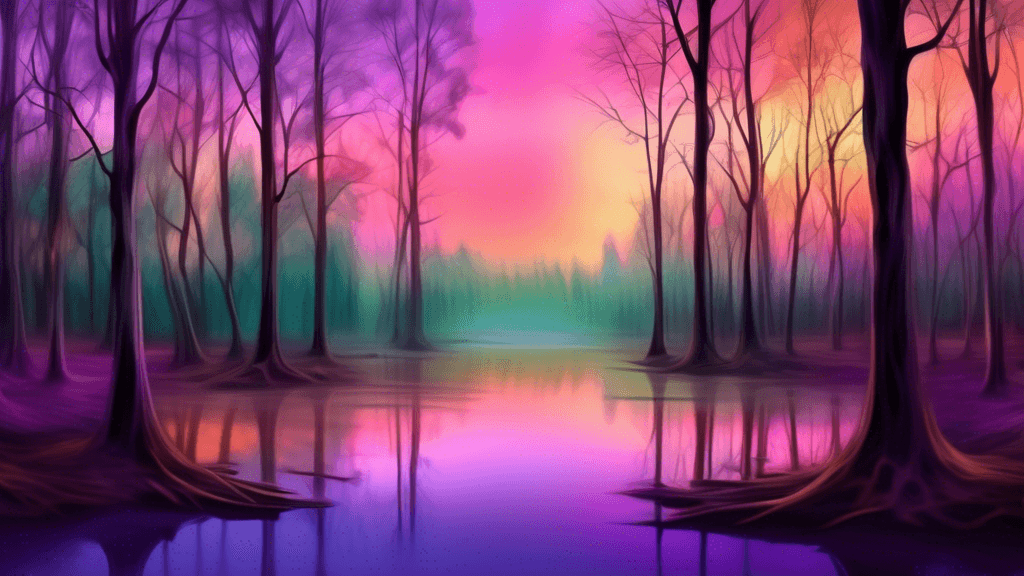
Capturing Movement in Nature's Stillness
Share
Understanding the Art of Capturing Movement in Nature Photography
For many nature photographers, the ultimate challenge is not just capturing a scene, but capturing the feeling, the essence, and notably, the movement within nature's stillness. How do we, as photographers, go beyond the static image to convey the dynamic beauty of a windswept field, a bird in flight, or the gentle ripples on a lake? This complex task is not only about shutter speeds and apertures but also about a deep understanding of the environment and a profound connection with the subject.
Why Capture Movement in Nature?
Before diving into the technicalities, let's consider why capturing movement matters. Movement in photographs communicates life and energy. It tells a story that static shots may not, offering a glimpse into the ongoing dance of natural elements. But capturing this movement requires a blend of technical skills and artistic insight.
Technical Aspects: Shutter Speed, Aperture, and ISO
Understanding and mastering camera settings are crucial to capturing movement in nature’s stillness:
- Shutter Speed: This is the most critical setting when attempting to capture movement. A fast shutter speed can freeze action completely, while a slower shutter speed will blur motion, illustrating the path of movement.
- Aperture: Aperture affects the depth of field, which in turn affects the focus of both the moving and static elements in the frame. A wider aperture (smaller f-number) can focus on the movement while softly blurring the background.
- ISO: Higher ISO settings can help capture sharper images in low light conditions but can introduce grain. Balancing ISO with shutter speed and aperture is key.
Experimenting with these settings in various combinations can yield different expressions of movement, each telling a different story about the scene.
The Role of Light and Timing
The 'golden hours' of early morning and late afternoon offer the best light for capturing movement in nature due to their softness and direction. However, don't overlook the dramatic potential of harsh midday light or the mysterious allure of twilight. It’s not just about “when” but “how” the light interacts with the movement.
Composition and Perspective
Where you place the moving elements in the frame can drastically affect the impact of your image. The rule of thirds can be a handy tool here, with the action or main subject placed at one of the intersecting points to create balance and interest. Experimenting with different angles and perspectives can also lead to more dynamic compositions, adding a sense of depth or tension to the photograph.
Emotional Connection and Environmental Awareness
Each click of the shutter is an opportunity to make a statement or evoke an emotion. Successful photography of movement in nature often involves predicting behavior or changes in the environment, requiring patience, respect, and understanding. This connection speaks to the importance of environmental conservation—a reminder of the delicate balance and intrinsic value of natural habitats and their inhabitants.
Incorporating Movement in Photography: Beyond the Basics
Capturing movement in photography extends beyond technical skills to an art form that requires intuition and creativity. Here are some questions to guide you:
- How can I use movement to strengthen the narrative of my image?
- What emotions do I want to evoke through the depiction of motion?
- Are there patterns in the movement that can lead to more compelling compositions?
Final Thoughts and a Call to Action
Capturing movement in nature photography is a delightful challenge that combines technical precision with artistic expression. It demands not only patience and practice but also a passion for showcasing the beauty and vitality of our natural world.
But, remembering why we capture such beauty is critical. These images do more than decorate a wall; they advocate for our environment. They remind us of the ever-present need for conservation. As photographers and viewers, we are called upon to not only appreciate but also protect these moments and movements for future generations.
Now, armed with these insights, how will you capture the dance of the wind, the flight of a bird, or the sprawl of ocean waves? The world is waiting to see nature through your lens. Your perspective matters; let it inspire change.





